In this month’s guest post we explore the Japanese concept of Shinrin-ryoho 森林療法 which translates as Forest Therapy. For those who are unfamiliar with the concept, we recommend you go through our article on Introduction to Forest Bathing first.
This note is contributed by Prof. Dr. Iwao Uehara. Iwao UEHARA means “A big rock on the upper field”. Dr. Iwao is a professor at the Tokyo University of Agriculture and president of The Society of Forest Amenity and Human Health Promotion in Japan. He is also the founder of Forest Therapy (Shinrin-ryoho) in Japan since 1999. Prof. Iwao’s goal is to promote health of forests as well as human beings.
What is Forest Therapy and its Healing Effects?
Forest Therapy (Shinrin-ryoho) is promoting the health of both forests and human beings! Forests and the trees within them have many healing properties. They promote our health, prevent illness, provide relaxation opportunities, and a rehabilitation environment, can be a treatment place for disabilities, peaceful counseling space, and so forth. When we arrive in the forest, we sometimes pay more attention to oneself and one’s life. Walking and exercise in the forest also change our attitudes and perspectives. Trees also have many fascinating aspects for medical, art, and care utilization.
However, some forests are also ill, depressed, and having stress like us human beings. So, forest therapy is attempting to heal forest and human beings together. Working in the forest to improve it’s health, can be a very therapeutic experience.

Examples of Forest Therapy and Forest Amenity Programs
There have been many examples of forest therapy and forest amenity programs in Japan.
First of all, Forest Walking. Walking is the simplest rehabilitation method and whole body exercise. Walking can prevent lifestyle related disease. In addition, individuals walking in the forest enjoy the landscape, fresh air, and natural environment.
Next, relaxation. It is quiet and peaceful in the forest. Relaxation in the forest inspires natural peace in our body and mind. It adjusts our nervous system balance too.
Third, rehabilitation. For clients after an operation, accident, and preparing to reintegrate with society, forest walking & working is one possible rehabilitation program.
Fourth, treatment and occupational activities in the forest. Carrying logs & branches, clipping trees & clearing weeds, and planting trees are typical examples of occupational therapy.
Fifth, counseling. Counseling in the forest makes clients relax and sensitive. Forest amenities like landscape aesthetics, wind, fragrance, birds singing sometimes give useful hints to solve our problems and provide an ideal setting for traditional counseling approaches.
I hope you will design your own healing or health promoting programs using forests and trees as a setting and as inspiration.
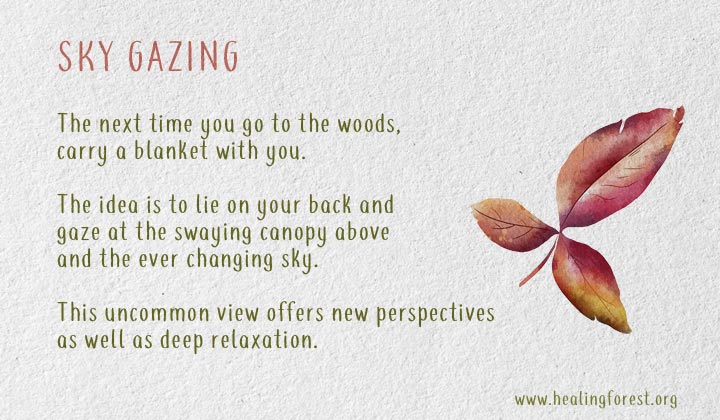
Case Studies of Forest Therapy
There have been already many invaluable case studies utilising forest amenities in Japan.
By experiencing forest activities for a long term and repeatedly, some clients with mental, psychological, and physical disabilities showed positive treatment effects! Their communication has also changed positively. Some experimental studies suggest that forest walking can reduce stress hormone, enhance immune function, and balance nervous system. Recently, some case studies of patients with Dementia found that they improved their communication ability greatly.
Occupational activities such as carrying logs or planting trees with teamwork are also used as one of the forest therapy exercises. Especially, for people with mental disabilities or memory disabilities, these activities are proving to be effective and restorative.
In addition, trees and forest have been sometimes worshipped as natural gods in Japanese culture. Such forests always provides counseling space for the people who have psychological problems.
Trees also have great possibilities for healing. For example, some trees provide medicine, herb tea, and fragrance which have certain healing effects. Forest therapy includes drinking and eating natural amenities, too. Cherry blossom tea is used for celebration in Japan. Berry tea is effective for decreasing high blood pressure.
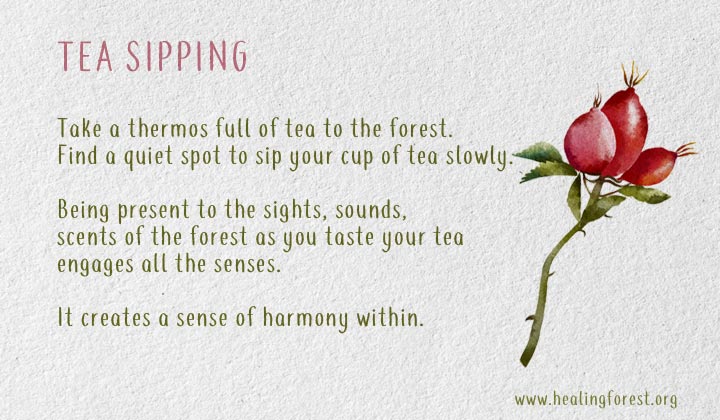
PHYTONCIDES: A fascinating find is that evergreen trees secrete certain scents and oils to protect themselves from a host of microbes and pathogens. These chemicals are called Phytoncides and they act as a defense system for the trees.
As we walk in the forests, we breathe in these Phytoncides, which produces some interesting results. Some of these smells relax our brain while others uplift our mood. Inhaling aromatic plant chemicals also increases the antioxidant defense system in the human body.
There is also a known association between higher amounts of phytoncide in the air and improved immune function. Specifically, higher levels of airborne phytoncides cause increased production of anticancer proteins in the blood as well as higher levels of the frontline immune defenders called NKC or Natural Killer Cells. When exposed to viruses (e.g., influenza, common cold) and other infective agents, the NK cells step up to protect the body.
In many ways we are now getting scientific proof for something we have known intuitively for ages. Over time this common wisdom was drowned out in the cacophony of consumerism.
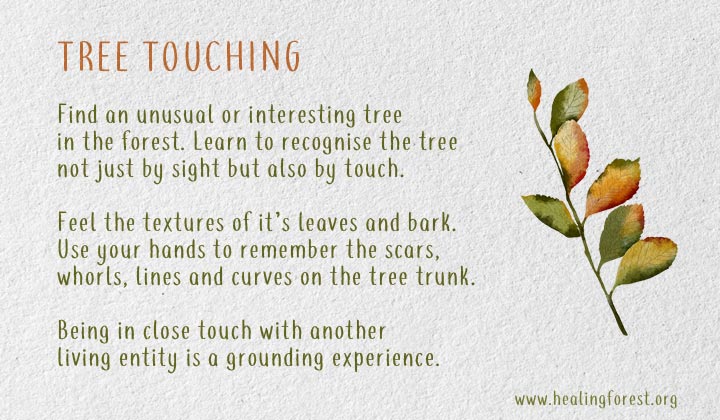
Possibilities of Forest and Tree Amenities in the world
Many people recently prefer to enjoy and exercise in the nature. There are beautiful green parks, mountains, and forests all over the world. Also, there are many fairy tales and local folk culture concerned with trees or forests. Therefore, world forests have a big potential for forest therapy programs everywhere. Let’s reconsider your familiar forests and develop the possibilities together!
In case you have any questions for Prof. Iwao Uehara, please add them in the comments section. Your questions and answers by Prof. Iwao will add to our collective knowledge.
For more information on his work please visit.
研究室HP www.geocities.jp/ueharaiwao/
みんなの森ブログ http://blogs.yahoo.co.jp/ueharaiwao
日本森林保健学会 http://forest-and-human-health.jp/

FOREST THERAPY vs FOREST BATHING
Forest therapy is always conducted by a certified professional. It involves having knowledge of psychological counseling as well as the ability to handle patients with different types of mental health problems. It is most effective when carried out on a one-to-one basis or in very small groups of people with similar issues.
*There are a few courses around the world which give certification in forest therapy. The course fee can go up to 1000’s of dollars and needs a background in Psychology. Please enroll for one if you are serious about counseling people with mental health issues. Make sure your course covers all the different psychological aspects of forest therapy.
Forest bathing, on the other hand, can be done by anyone. It is simply a more mindful way of being in nature. You do not need any certification for forest bathing. Unlike a yoga course or any other body-based training, the real benefit in forest bathing comes from being in the forest and not from the instructor. The role of a forest bathing guide is to act as a forest friend and help people find their own connection with nature.
If you only wish to lead people for mindful nature walks and forest bathing walks, our healing forest learning program should give you a host of ideas and activities to do so. Also, there are multiple books available on the topic to grow your knowledge base. The best way to improve your skills is by leading people on different nature walks. However, there are a few people who have devised their own unique methodology for nature connection. If you are inspired by their work, first join a walk they lead and then you can choose whether to attend their training program (Typically the price range for such training courses are about a few hundred dollars).
You can write to us for course recommendations based on your location and interest.
End note: This page is part of our learning program. The aim of this article was to give you a scope of forest therapy and clarify some important queries around this emerging field. You can proceed to the next learning session here.

Bonus: Here’s a link to download the forest bathing film, forest exercise images and also 2 blank templates that you can use to create your own forest activity. (using sites like Canva). http://bit.ly/hfl-forestbathing
Subscribe to our monthly blog posts at this link. We are a small group of friends trying to find new ways to reconnect people with nature. Our aim is simple. Helping people heal. Helping forests heal.

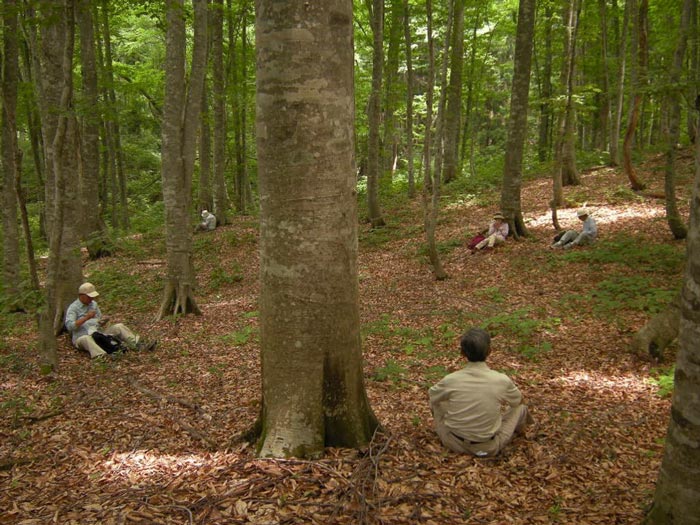
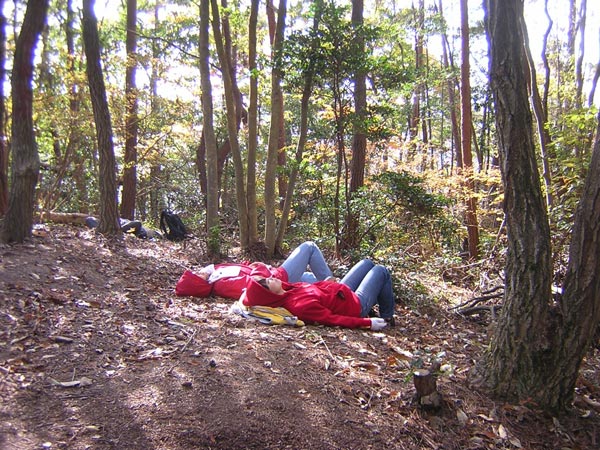


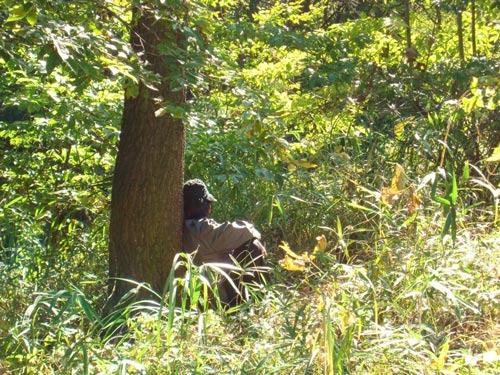

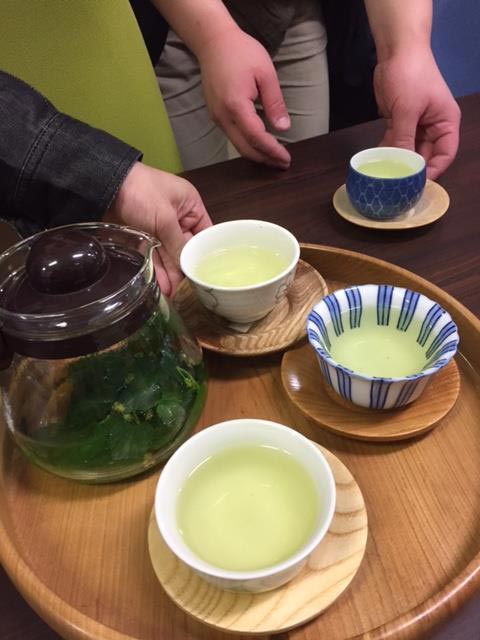
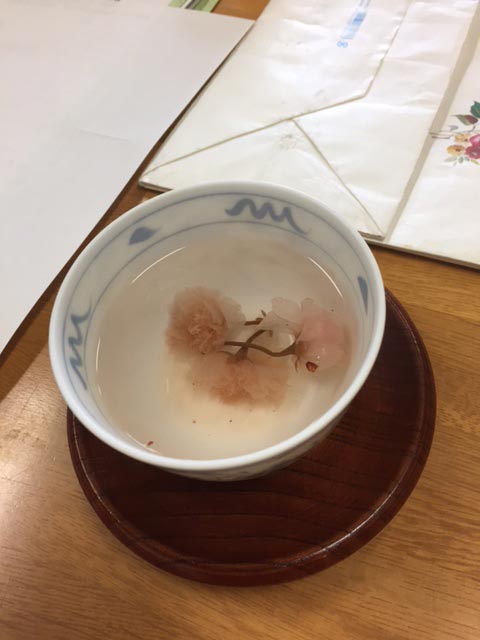
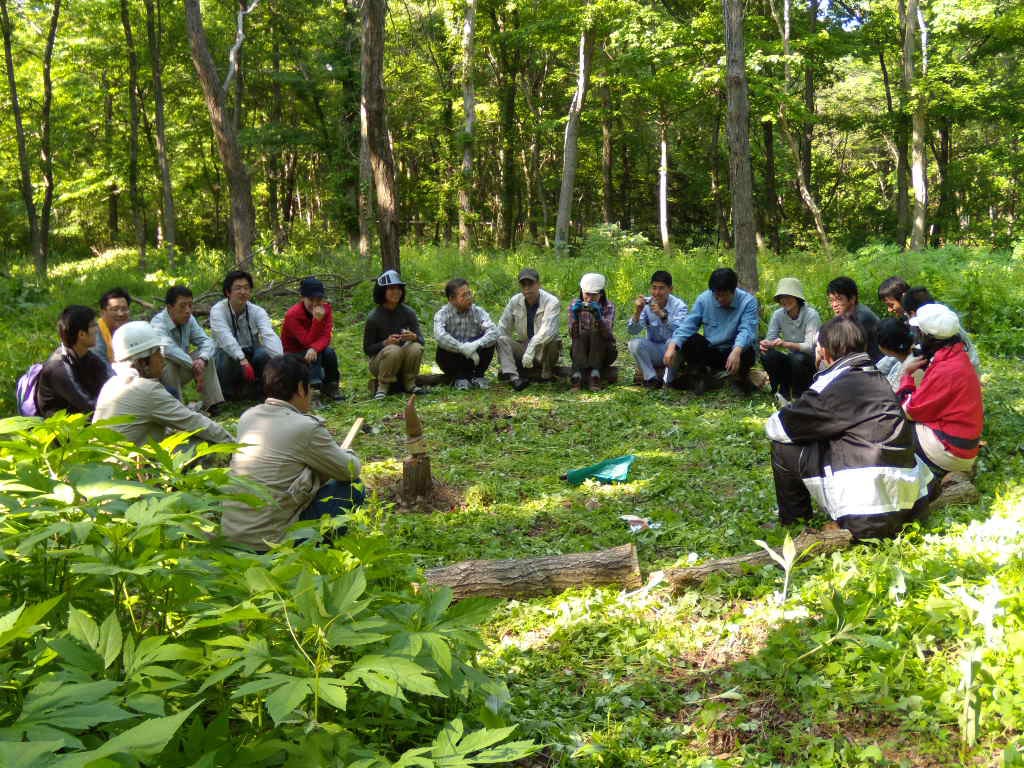
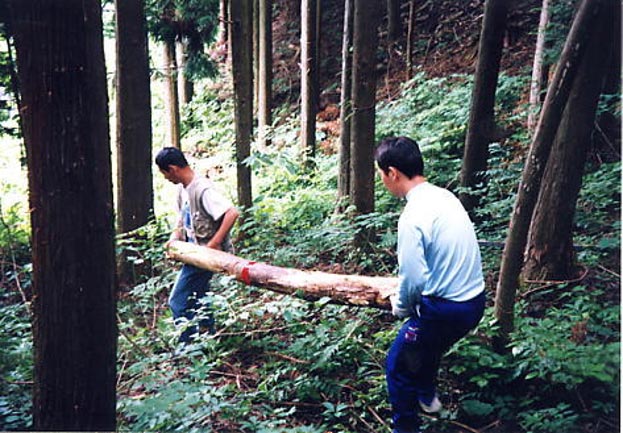
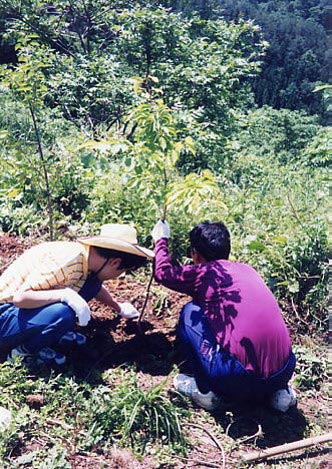
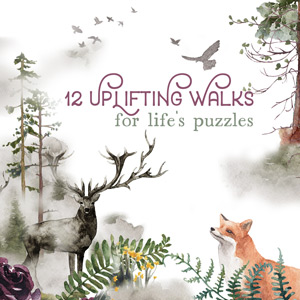
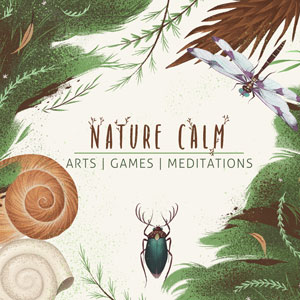
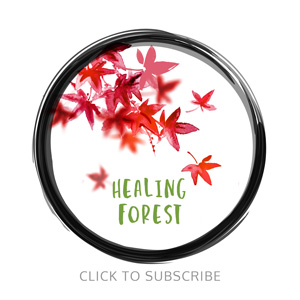
I feel far more calmer and confident since I underwent the forest bathing learning program. And whenever I facilitate a forest walk for others, I feel my connect with the forest deepens further.
LikeLike
Last year, I walked the Forest of the Arrayanes, Patagonia Argentina. Such a soothing and refreshing experience….
LikeLike